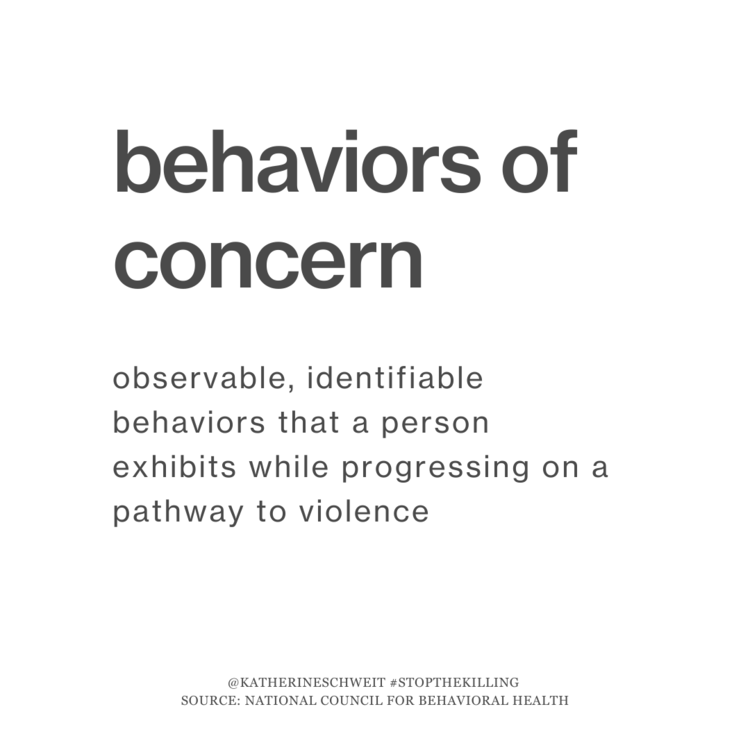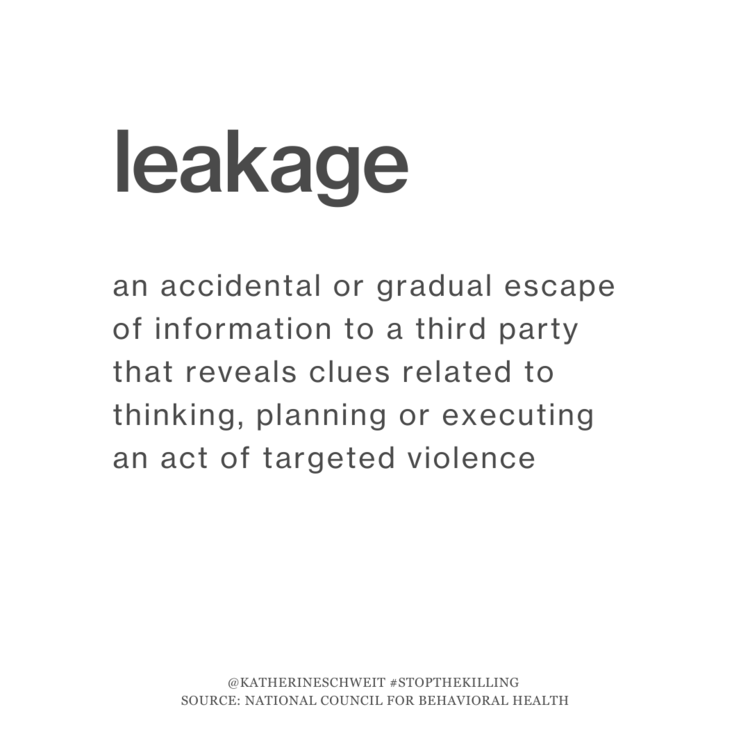Midtown Manhattan Shooting: What We Missed Before the Attack
Katherine Joins News Nation on July 29, 2025
The images out of Midtown Manhattan are still fresh: a man with a semi-automatic rifle walking casually into an office building, no attempt to hide his weapon, no sign of fear or hesitation. It was broad daylight. He double-parked his car. He knew he wouldn’t be coming back.
What he left behind was horror, heartbreak—and questions.
As I shared during my recent NewsNation appearance, those questions are predictable. Why did this happen? Could it have been prevented? Did anyone see it coming?
These questions are less probative if we’re asking them after the violence has already occurred.
When Violence Is the Final Act, What Came Before?
Violence like this doesn’t appear out of nowhere. In nearly every mass shooting, there are signs—a trail of behavioral breadcrumbs. The FBI calls these behaviors of concern: observable, identifiable behaviors that a person exhibits while progressing on a pathway to violence. These behaviors are rarely subtle. They’re just often ignored, dismissed, or misunderstood.


One of the most common is something called leakage—when a person planning an attack accidentally or deliberately reveals their intentions to someone else. It might be a comment in passing. A post online. A text message that reads a little off. It's easy to miss, but devastating when overlooked.
In fact, according to the FBI’s landmark research report, A Study of Pre-Attack Behaviors of Active Shooters in the United States, more than half of active shooters leaked their intent to someone beforehand. And in almost all of those cases, no one reported it to law enforcement.
I also break down the FBI’s most recent annual report on active shooter incidents in a separate piece on my blog with Police1 on the Policing Matters podcast. It reveals not just what’s changing—but what’s not.
What We Know from the Data
We studied 63 active shooter cases from 2000 to 2013. Here's what the data revealed:
77% of shooters spent at least a week planning their attack
62% displayed concerning mental health or interpersonal behaviors
56% engaged in leakage
48% showed signs of suicidal ideation prior to the attack
95% of their behaviors were noticed by people in their lives
But less than half were reported to law enforcement
In the case of the Midtown shooter, early reports suggest he drove across the country with a plan and little intention of returning. He didn’t conceal his weapon. He walked with purpose. He killed, and then he killed himself. His intent was clear. And so, probably, were the signs—if someone had been looking.
What Can We Do?
We don’t need to live like this. Violence is not inevitable. The pathway to violence is visible—if we know what to look for. That’s why education is our first and most powerful prevention tool.
These same patterns—behaviors of concern, leakage, and untreated grievances—are present in school shootings as well. After the Uvalde tragedy, I wrote about what we continue to overlook in The New York Times.
Start by reading the FBI’s full Study of Pre-Attack Behaviors, which I helped lead and now host on my site:
👉 Download the full report here
And if you’re looking for the deeper story—of people, policies, and what it really takes to stop this violence and deliver justice—I’ve written the books that no one wanted to have to write:
Stop the Killing: How to End the Mass Shooting Crisis
A Simple Guide to the Second Amendment
Women Who Talk to the Dead, as seen on CBS’s Eye On America
Situational Awareness Saves Lives
While prevention is always the goal, we must also be prepared if violence strikes. The phrase “Run, Hide, Fight” is widely repeated—but few people truly understand how to apply it in a real crisis. In my NPR interview, I explained that “people freeze not because they don’t care—but because they don’t know what to do next.” This conversation offers a clear, practical breakdown of how individuals can respond more effectively during an active shooter situation.
Final Thoughts
When we say “there were no signs,” we often mean “we didn’t know what to look for.” But the signs are there. The data is there. The solutions are possible.
The only thing missing is the will to act—before the next double-parked car, before the next hallway turns deadly, before the next community is forced to ask, How could this happen here?



